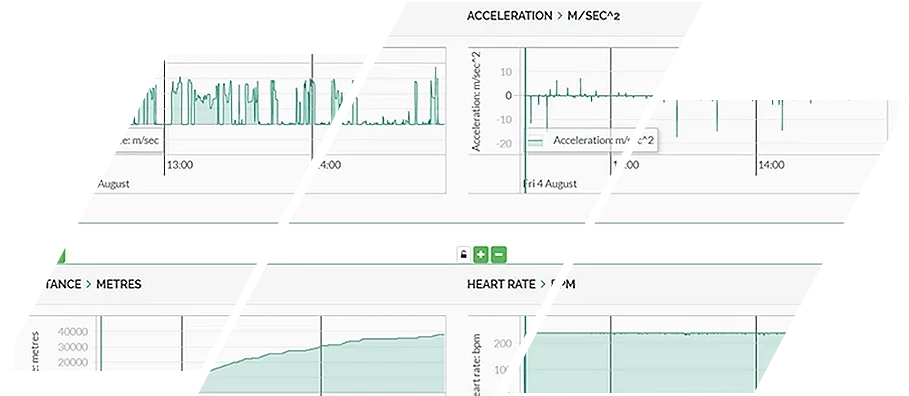Different analysis systems used in sports
Most sports now use some form of analysis; runners use GPS watches to measure distances, speeds and heart rates. Football, rugby, hockey, soccer, baseball etc. use analysis to measure and improve both team and player performances.
Analysis can be used to monitor and improve fitness levels, prevent over training, fatigue and even monitor concussion. But what are the different analysis systems used in sports?
Sports video analysis:
One of the analysis systems used in sports is Sports video analysis which a method used to tag team and player events during a match. An example of this might be a penalty which takes place; an analyst analysing the match would have the functionality to click a “penalty” button in what is known as a code window or a tagging pane.
Once the “penalty” button was clicked the system being used would set a marker on a timeline at the time and for the length of the penalty (If a penalty happens 10 minutes into a match and the analyst click the “penalty” button the marker on the timeline would start at 10 minutes).
Depending on the system being used, the analyst may well have the ability to also record whether the the penalty was a “Red card” or a “Yellow card”. On some systems they will also have the ability to add the players names involved in the event.
The idea behind Sports video analysis, or match tagging or Performance analysis as it is also known, is to generate statistics that show how teams and players have performed, to study the effectiveness of strategies and game plans and to optimise all of the above with a view to winning more games.
Some clubs analyse their opponents to work out their game plans and use this as part of their strategy to beat them.
The events recorded depend on the sport; in Football / Soccer we have goals, penalties, offside, home possession and away possession to name a few. Rugby would include trys and scrums – and so it goes on. Regardless of the sports, analyst are generally looking at way to help their team win.
GPS analysis:
Another of the analysis systems used in sports is GPS analysis.
Reports generated from GPS devices worn by players are very specific to the individual athletes, which is a lot different to the sports video analysis described above.
As a rule of thumb, GPS systems start with profiles containing individual player information such as maximum heart rate, heart rate threshold, fastest running speed, body weight, height and may contain Vo2 max data.
These metrics are used to calculate the players loads from the information recorded while wearing a GPS device. Devices are worn in vests and are usually placed between the athletes shoulder blades.
GPS devices record date and time stamped latitude and longitude information. Some record impact information and some also record Heart rate information. Using the latitude and longitude recorded at set time intervals, computer based systems can calculate distances covered and the time it took to cover those distances.
From these calculations metres per second, acceleration and deceleration can be calculated. This information can be placed into set speed bands and heart rate bands based on the athlete’s profile information. Reports can be generated showing the “loads” an athlete has exerted.
This data can be compared over time showing improvements in athlete’s fitness levels, possible fatigue and indicate possible points of injury. Reports can also be generated which Compare player performances of all the athletes playing in a match
Conclusion:
We have looked at the two main analysis systems used in sports. The Sports video analysis and the GPS performance. The metrics produced from these two methods of sports analysis are only as good as the analysts or coach using them.
So much information can be produced which can be counter productive, it can become an information overload. However, there are so many studies demonstrating the the effectiveness of both sports video analysis and GPS analysis.
Top clubs, regardless of sport, use both forms of analysis as part of their strategy to improve player fitness and team performance.

Anadi James Taylor
CEO - iSportsAnalysis Ltd
I am expert in helping sports clubs and universities with their Sports Video Analysis and their GPS Performance Analysis.
I developed iSportsAnalysis.com with top sports scientists, coaches and trainers to help maximise training gains and to optimise the performance of athletes and teams.
I have developed an online system that has helped over 120 universities, private schools and clubs to reach their true sporting potential; whether that has been from them using the online video streaming services, the online sports video analysis or the GPS performance analysis, the results speak for themselves!
We help you win matches!
You can find out more at iSportsAnalysis.com.

